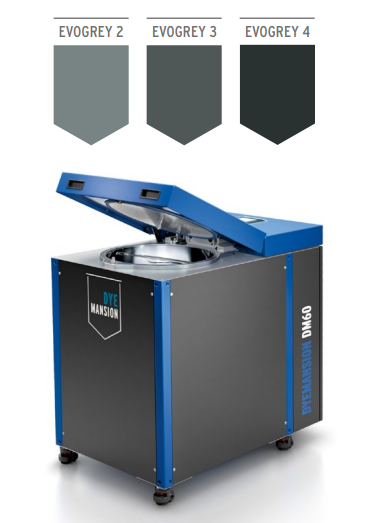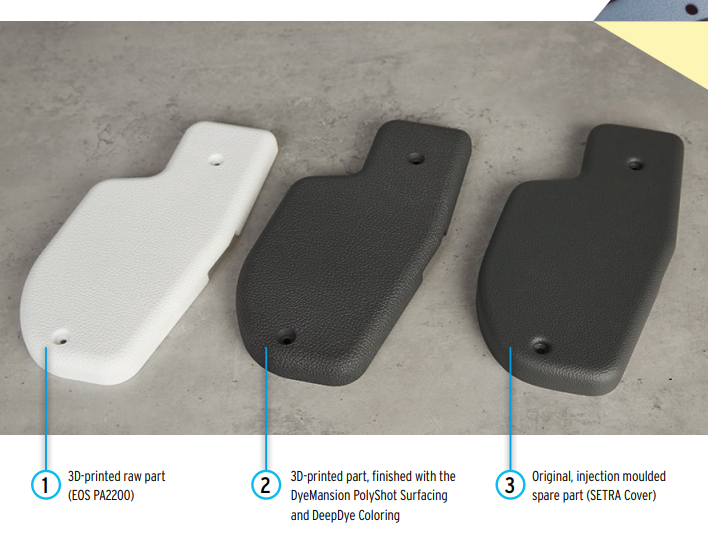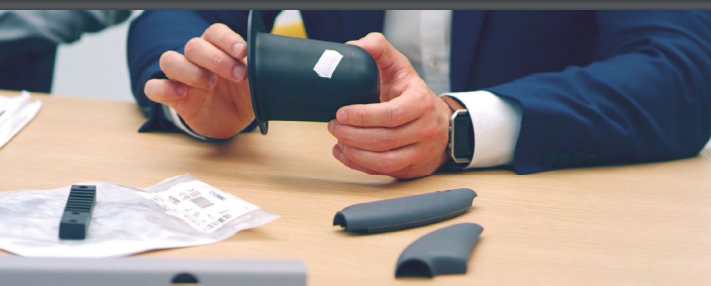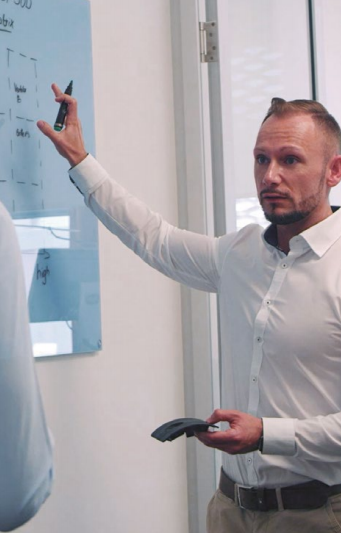While it took decades for the rest of the world to catch up, a handful of aerospace organizations, automotive industry leaders, and other innovators have continued to enjoy the inside track on 3D printing and additive manufacturing processes—progressing from the use of polymers to metal. Daimler was one of the forerunners in using 3D printing, and as the technology has continued to pick up steam and infiltrate the mainstream, the German-headquartered company has embraced it further too, with Daimler Buses set up in 2016 to begin 3D printing spare parts.
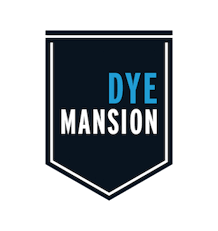 Dye Mansion recently released a case study on Daimler Buses and their successful disruption of the supply chain within their realm of the automotive industry. The initial project began with the founding of the Center of Competence 3D Printing, headed by Ralf Anderhofstadt. Selective laser sintering was tested for the production of visible spare parts in the Customers Services and Parts department as the research and development teams worked to reinvent the supply chain not just for worldwide spare part manufacturing, but also the after-sales business.
Dye Mansion recently released a case study on Daimler Buses and their successful disruption of the supply chain within their realm of the automotive industry. The initial project began with the founding of the Center of Competence 3D Printing, headed by Ralf Anderhofstadt. Selective laser sintering was tested for the production of visible spare parts in the Customers Services and Parts department as the research and development teams worked to reinvent the supply chain not just for worldwide spare part manufacturing, but also the after-sales business.
Other companies such as DyeMansion, Additive Minds, and EOS were involved in this supply chain reinvention. As testing continued, the teams realized that 3D printing could be used ‘to its full extent’ in production of over 300,000 different spare parts, offering greater affordability, reduced lead time, and better productivity overall—with all these advantages being handed to the consumer also.
“As one can imagine, a company like Daimler has particularly high demands on quality, especially regarding their final product. The surface quality and color of the parts had to be in no way inferior to the spare parts produced with injection molding,” states the case study.
At first, while the teams were happy with the functionality of the parts they were using, they were still challenged in attaining a glossy finish without giving up texture. They quickly concluded that several stages of post processing would be necessary.
“After consultations, the premium automotive manufacturer found the solution in the DyeMansion Print-to-Product workflow, consisting of the blasting systems Powershot C and Powershot S and the DM60, that delivers color to white polyamide parts,” states the case study. “Through the treatment with the PolyShot Surfacing in the Powershot S the SLS parts get their injection molded like surface. The process does not affect the part structure or geometry and saves the leather structure of the parts.”
Using the DyeMansion Color Matching scheme, Daimler Buses created three different shades of grey for their parts, with each ‘recipe’ stored for later use:
“This is possible with every color and every physical color sample, which can be plastics, fabrics, paper or even human skin,” states the case study.
Parts for vehicle interiors often require a leather-like surface. And while fabricating a leather imitation is possible, the developers realized that maintaining them can be difficult; however, they were able to use the DyeMansion Polyshot Surfacing to ‘homogenize’ the open pores of parts, giving them much greater longevity. The coloring works via a system of cartridges, with tracing available for all parameters.
“All defined parameters (such as batch size, color recipe or surface finish) are stored on the color cartridge using RFID chips,” concluded the case study.
“Once the process parameters have been defined, they can be reproduced consistently wherever DyeMansion technology is used.”
3D printing continues to impact the automotive industry, and many other key players are involved too, from BMW to Toyota, Ford, and more. Companies striving to make cars that are primarily 3D printed are up and comers too, like Local Motors. What do you think of this news? Let us know your thoughts! Join the discussion of this and other 3D printing topics at 3DPrintBoard.com.
[Source / Images: Dye Mansion – Case Study/Daimler Buses]Subscribe to Our Email Newsletter
Stay up-to-date on all the latest news from the 3D printing industry and receive information and offers from third party vendors.
Print Services
Upload your 3D Models and get them printed quickly and efficiently.
You May Also Like
Consolidation in AM: How 2025 Is Shaping the Industry’s New Normal
The first half of 2025 has been marked by a clear shift in the additive manufacturing (AM) industry. Companies are no longer just focused on developing new tech by themselves....
Etsy Design Rule Change Reduces Selection of 3D Printed Goods
Online marketplace Etsy has implemented a rule change requiring all 3D printed goods on the site to be original designs. The update to the site’s Creativity Standards states, ¨Items produced using...
U.S. Congress Calls Out 3D Printing in Proposal for Commercial Reserve Manufacturing Network
Last week, the U.S. House of Representatives’ Appropriations Committee moved the FY 2026 defense bill forward to the House floor. Included in the legislation is a $131 million proposal for...
Transforming From Tourist to Native: Duro CEO Michael Corr Explains Why the Company Rebuilt its PLM Software on AI
In these early innings of the AI boom, many market analysts have expressed concern that AI spend has gotten too far ahead of the technology’s proven ability to deliver significant...


